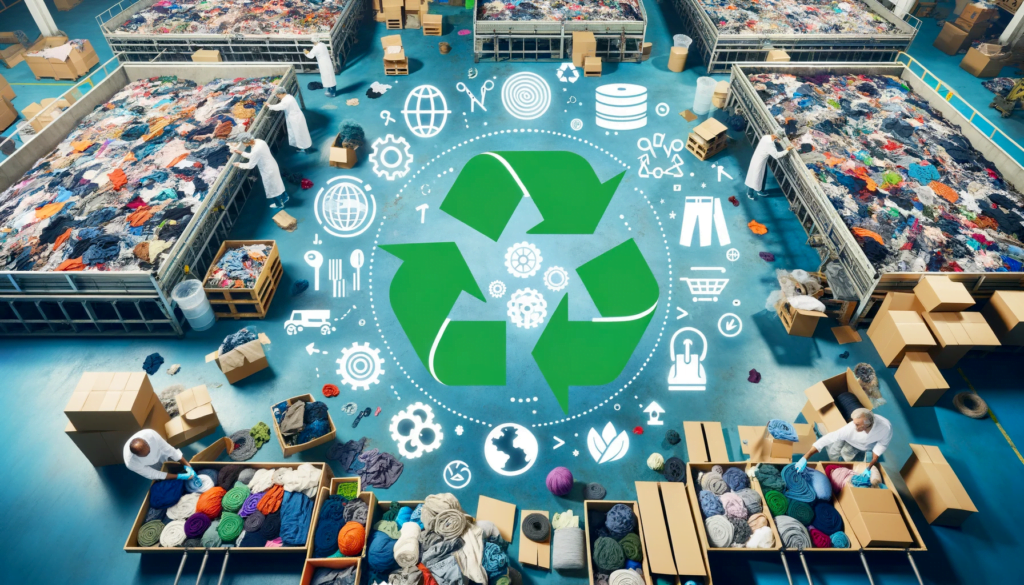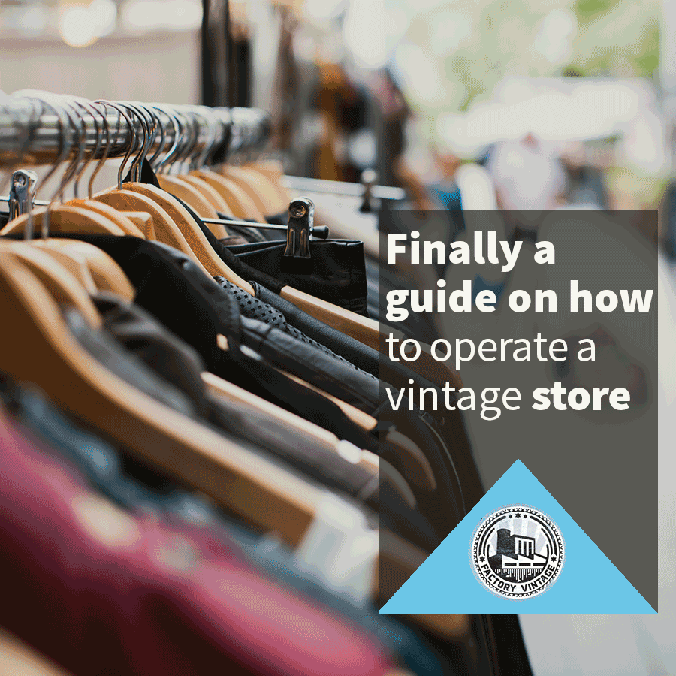
Understanding the World of Raghouses: A Comprehensive Guide
In the modern landscape of recycling and sustainability, raghouses have emerged as pivotal players. But what exactly is a raghouse, and why does it matter in our quest for a greener future? This article delves into the intricacies of raghouses, unraveling their roles, processes, and impact on both the environment and economy.
The Essence of Raghouses: A Definition
At its core, a raghouse is a facility dedicated to the collection, sorting, and processing of used textiles. These establishments are the unsung heroes in the world of recycling, playing a crucial role in the management and repurposing of discarded fabrics. By meticulously categorizing textiles based on quality, type, and potential for reuse, raghouses serve as vital junctions in the lifecycle of clothing and fabric materials.
The Process: From Collection to Recirculation
The journey of textiles in a raghouse is a testament to efficiency and sustainability. It begins with the collection of used fabrics from various sources, including donations, thrift stores, and direct drop-offs. Once at the facility, the materials undergo a rigorous sorting process. This involves separating the textiles into categories such as wearable clothing, recyclable fabric scraps, and rags. The wearable clothing is often sold to second-hand stores or shipped to developing countries, while the fabric scraps find new life in various industries as insulation, carpet padding, or even raw material for new textiles.
Environmental Impact: Reducing Waste and Promoting Sustainability
Raghouses play a critical role in environmental conservation. By diverting textiles from landfills, they significantly reduce waste and the associated environmental impacts. Textiles in landfills can take hundreds of years to decompose, releasing harmful greenhouse gases in the process. Through the efforts of raghouses, these materials are recycled and reused, minimizing the carbon footprint and contributing to a circular economy.
Economic Significance: Job Creation and Market Dynamics
Beyond their environmental impact, raghouses are also key economic contributors. They create jobs in local communities, from the workers sorting the textiles to those involved in the transport and resale of these materials. Furthermore, the global trade of used textiles is a multi-billion-dollar industry, with raghouses at the heart of this economic activity. This not only bolsters local economies but also provides affordable clothing options in less developed regions.
Challenges and Opportunities in the Raghouse Industry
Despite their benefits, raghouses face challenges, including the increasing volume of fast fashion discards and the fluctuating demand in the global second-hand market. However, these challenges also present opportunities for innovation in textile recycling technologies and strategies for sustainable fashion.
The Future of Raghouses: Pathways to Enhanced Sustainability
Looking ahead, the future of raghouses is intrinsically linked to advancements in textile recycling and sustainable fashion practices. Continued investment in innovative recycling technologies and greater consumer awareness of the environmental impacts of their clothing choices will be pivotal in shaping the evolution of raghouses.
In conclusion, raghouses are more than just recycling centers; they are essential cogs in the machinery of environmental sustainability and economic resilience. Understanding their role and supporting their efforts is crucial in our collective pursuit of a more sustainable future.
List of Top 7 Raghouses in The US
- Goodwill Outlets: While not traditional raghouses, Goodwill Outlets operate in a similar fashion, offering clothing and textiles by the pound. There are over 120 Goodwill Outlet locations across the U.S. A useful resource for finding these is GoodwillOutlets.com, which provides updated lists of locations.
- Romerovski Corp: Unfortunately, a specific website for Romerovski Corp was not identified in the sources. They might not have an online presence or their website was not listed in the available information.
- Garson & Shaw: You can learn more about their services and products on their official website: Garson & Shaw.
- Fleek: This innovative platform connects buyers with raghouse suppliers. Find more information on their website: Fleek.
- LA Vintage: They specialize in wholesale vintage recycling and have more details on their website: LA Vintage.
- Samiyatex: Explore their variety of vintage items and services on their site: Samiyatex.
- Midwest textile: Mid-West Textile LLC is a leader in the textile recycling industry. They focus on reducing post-consumer waste and creating new supply chains both in the U.S. and globally. For more detailed information, you can visit their website.







Leave a Reply